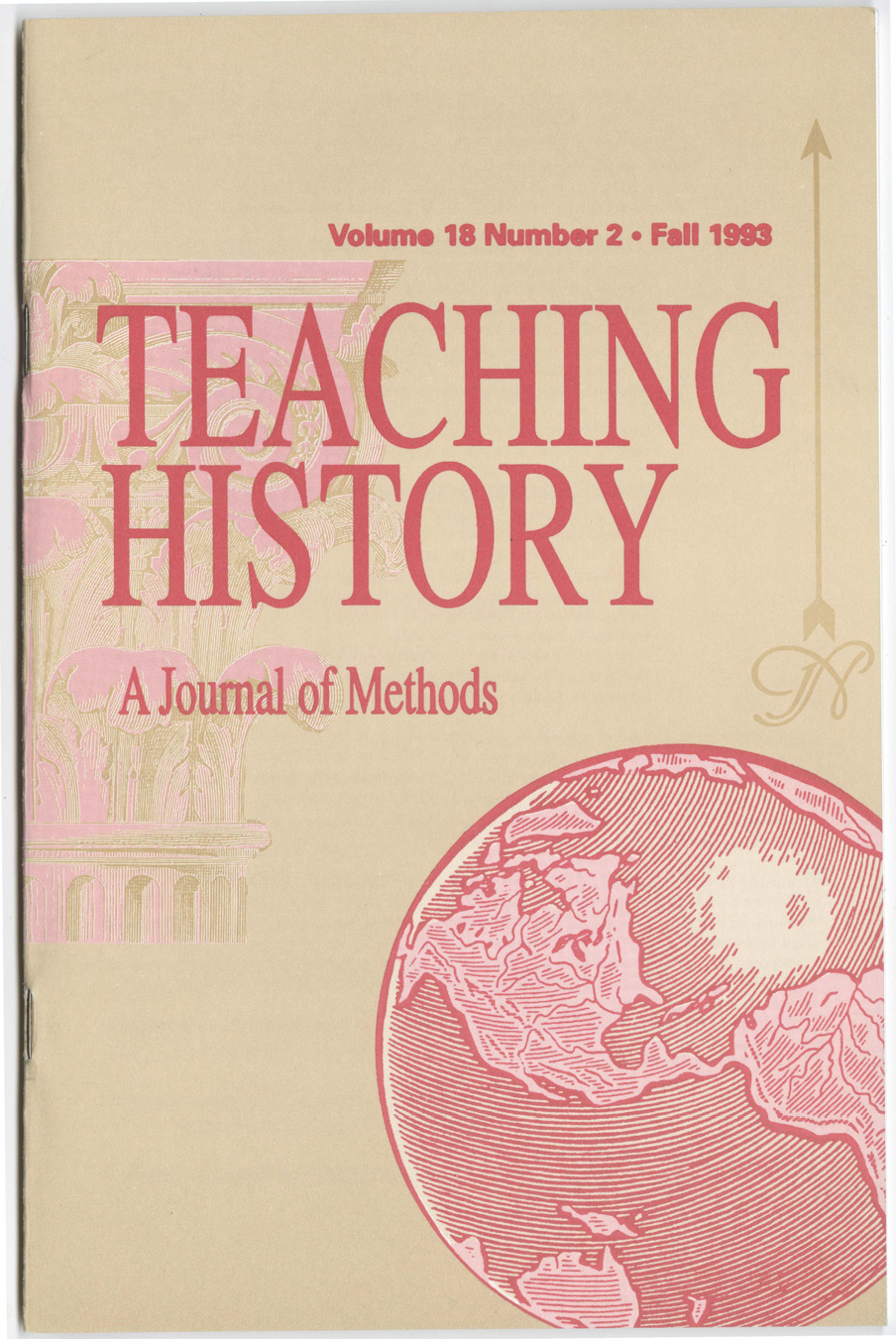The Return Of Martin Guerre, Teaching History In Images, History In Words
DOI:
https://doi.org/10.33043/TH.18.2.68-72Abstract
The Return of Martin Guerre received rave reviews from historians and history teachers when it was first released in this country in 1983. The distinguished Princeton University historian Natalie Zemon Davis had acted as historical consultant to the producers of the film while at the same time researching and writing her book, The Return of Martin Guerre (Cambridge: Harvard University Press, 1983). Critics and historians especially praised the film for its sensitive renderings of daily life in sixteenth-century France, of the mentalité of the period, i.e., how people actually view their world. Therefore, if for no other reason, the film is a significant learning resource for students of history from secondary to upper-level college courses.1 By acquainting students with the concept of mentalités, in this instance common reference points and symbols of an historical era, the entire concept of periodization in history, with its inherent artificiality, becomes a subject of suspicion to inquiring minds. And no era in history needs further reconsideration in terms of periodization than the Renaissance and Reformation.
Downloads
Downloads
Published
How to Cite
Issue
Section
License
Copyright (c) 1993 Richard A. Voeltz

This work is licensed under a Creative Commons Attribution-NonCommercial-NoDerivatives 4.0 International License.
By submitting to Teaching History, the author(s) agree to the terms of the Author Agreement. All authors retain copyrights associated with their article or review contributions. Beginning in 2019, all authors agree to make such contributions available under a Creative Commons Attribution-NonCommercial-NoDerivatives 4.0 International license upon publication.



